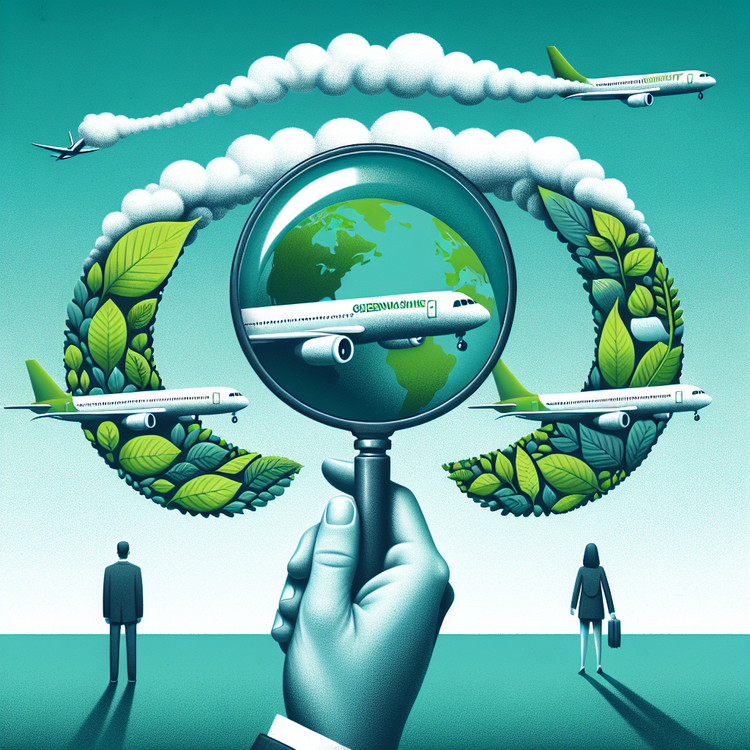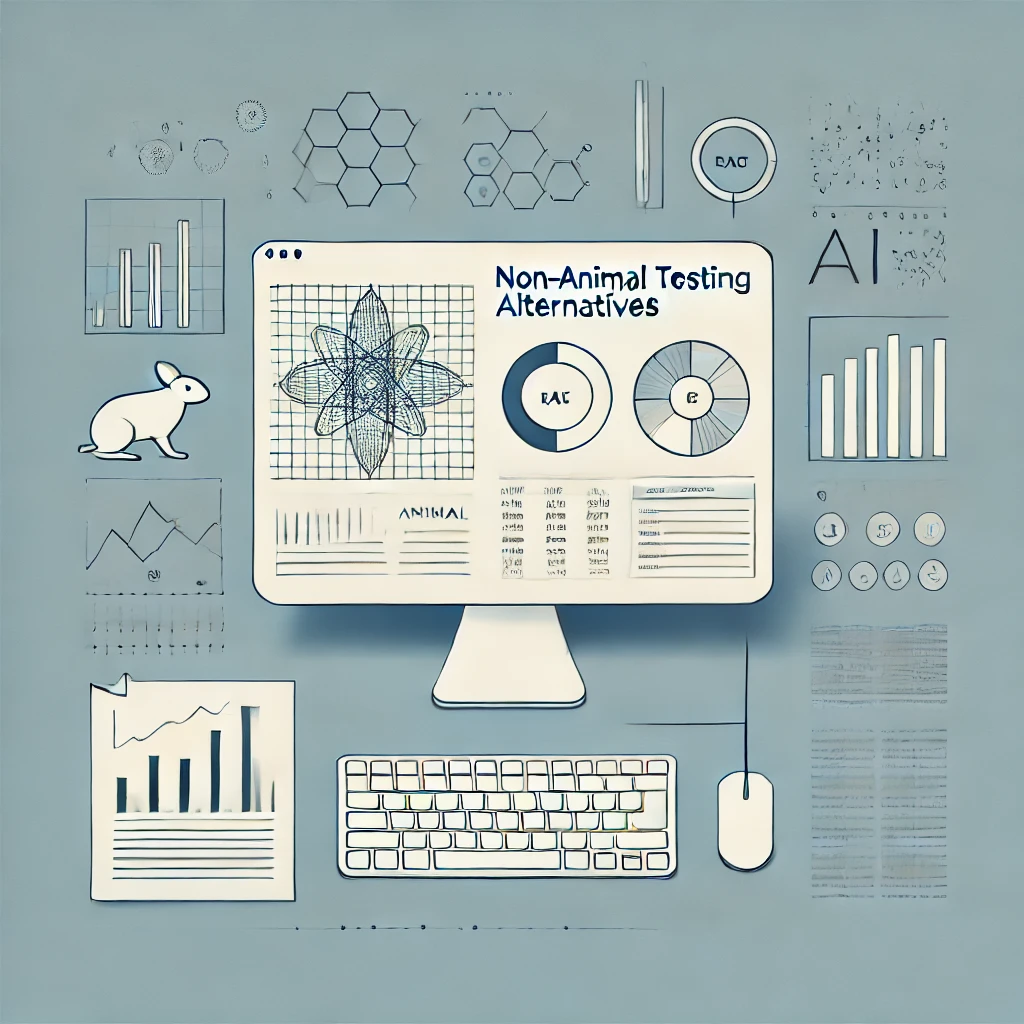Japan is having a hard time finding enough workers because its population is getting smaller. Some people think that artificial intelligence (AI) can help with this problem. For example, a company called Eat&Holdings has a fancy factory with cameras that use AI to find any dumplings that are not good. By using AI, the company needs fewer people to work on the production line. They have also made a robot called I-Robo to help with the worker shortage.
The worker shortage in Japan is going to get worse because the population is going down. It is expected that there will be 12% fewer workers in Japan from 2022 to 2040, which means there will be 11 million fewer workers. Japan also has a lot of old people, with 29% of the population being 65 years old or older. The government is worried about how the country will keep going.
AI is being used in different industries to help with the worker shortage. In farming, where the average age of a farmer is 68.4 years old, AI is used to find diseases, pests, and weeds early. Nihon Nohyaku made a smartphone app called Nichino AI that can tell farmers what is wrong with their crops and what to do about it. The app is not as good as a real expert, but it helps because there are not enough experts anymore.
In schools, AI is being used to help with the shortage of English teachers. Equmenopolis made an online tool that uses AI to let students practice speaking English with a computer character. The tool is being used in 50 schools in Japan and gives students feedback on their speaking. But it is not the same as having a real teacher.
The Japanese government is also trying out AI to help with the worker shortage. Yokosuka City uses an AI chatbot called ChatGPT to help with office work. The national government’s Digital Agency is using AI to train its workers and see how AI can be used in the public and private sectors. But it is important to know that AI is not ready to replace people yet and is mostly used to make work faster.
Original news source: Can AI help solve Japan’s labour shortages? (BBC)
🎧 Listen:
Slow
Normal
Fast
📖 Vocabulary:
| 1 | artificial | Made by humans, not natural |
| 2 | production | The process of making or creating something |
| 3 | shortage | Not having enough of something |
| 4 | expected | Thought to happen in the future |
| 5 | industries | Different types of businesses or areas of work |
| 6 | pests | Small animals or insects that harm plants or food |
| 7 | crops | Plants grown by farmers for food or other uses |
| 8 | feedback | Information given to someone about how they are doing |
| 9 | chatbot | A computer program that talks to people |
| 10 | sectors | Different parts of society or the economy |
| 11 | population | All the people living in a particular area |
| 12 | expert | Someone who knows a lot about a particular subject |
| 13 | factory | A building where things are made |
| 14 | government | The group of people who run a country |
| 15 | private | Not controlled by the government, belonging to individuals or businesses |
Group or Classroom Activities
Warm-up Activities:
– News Summary
Instructions:
1. Divide the class into pairs or small groups.
2. Give each group a copy of the article.
3. Ask each group to read the article and summarize the main points in a news summary format.
4. Set a time limit for the activity.
5. After the time limit, ask each group to share their news summary with the class.
– Word Association
Instructions:
1. Write the word “AI” on the board.
2. Ask students to brainstorm and write down as many words as they can think of that are related to AI.
3. After a few minutes, ask students to share their words with the class.
4. Encourage discussion and explanation of the words chosen.
– Pros and Cons
Instructions:
1. Divide the class into two groups.
2. Assign one group to discuss the pros of using AI to solve the worker shortage problem in Japan, and the other group to discuss the cons.
3. Give each group time to brainstorm and come up with their arguments.
4. Ask each group to present their arguments to the class.
5. Encourage a class discussion and debate on the topic.
– Future Predictions
Instructions:
1. Ask students to imagine what the future will be like in Japan with the increasing worker shortage and the use of AI.
2. In pairs or small groups, have students discuss and make predictions about how AI will impact different industries and aspects of life in Japan.
3. After the discussion, ask each group to share their predictions with the class.
4. Encourage students to support their predictions with reasons and evidence from the article.
– Opinion Spectrum
Instructions:
1. Draw a line on the board and label one end as “Strongly Agree” and the other end as “Strongly Disagree.”
2. Read out statements related to the use of AI to solve the worker shortage problem in Japan, e.g. “Using AI in factories is the best solution for the worker shortage problem.”
3. Ask students to position themselves along the line based on their opinion of each statement.
4. After each statement, encourage students to explain their position and engage in a class discussion.
🤔 Comprehension Questions:
1. Why is Japan having a hard time finding enough workers?
2. How does artificial intelligence (AI) help companies like Eat&Holdings with the worker shortage?
3. What is the expected percentage decrease in workers in Japan from 2022 to 2040?
4. Why is the Japanese government worried about the worker shortage?
5. How is AI being used in farming to address the worker shortage?
6. What is the purpose of the smartphone app called Nichino AI?
7. How is AI being used in schools to help with the shortage of English teachers?
8. How is the Japanese government utilizing AI to address the worker shortage?
Go to answers ⇩
🎧✍️ Listen and Fill in the Gaps:
Japan is having a hard time finding enough (1)______ because its population is getting smaller. Some people think that artificial intelligence (AI) can help with this problem. For example, a company (2)______ Eat&Holdings has a fancy factory with cameras that use AI to find any dumplings that are not good. By using AI, the company needs fewer people to work on the production line. They have also made a robot called I-Robo to help with the worker (3)______.
The worker shortage in Japan is (4)______ to get worse because the population is going down. It is expected that there will be 12% fewer workers in Japan from 2022 to 2040, which means there will be 11 million fewer workers. Japan also has a lot of old (5)______, with 29% of the population being 65 years old or older. The (6)______ is worried about how the (7)______ will keep going.
AI is being used in different (8)______ to help with the worker shortage. In farming, where the average age of a farmer is 68.4 years old, AI is used to find diseases, (9)______, and weeds early. (10)______ Nohyaku made a smartphone app called Nichino AI that can tell farmers what is wrong with their (11)______ and what to do about it. The app is not as good as a real expert, but it helps because there are not enough experts anymore.
In schools, AI is being used to help with the shortage of English teachers. Equmenopolis made an online tool that uses AI to let students (12)______ speaking English with a computer character. The tool is being used in 50 schools in Japan and gives students feedback on their speaking. But it is not the same as having a real teacher.
The Japanese government is also trying out AI to help with the (13)______ shortage. Yokosuka City uses an AI chatbot called (14)______ to help with office work. The (15)______ government’s Digital (16)______ is using AI to train its workers and see how AI can be used in the public and private sectors. But it is important to know that AI is not ready to replace people yet and is mostly used to make work faster.
Go to answers ⇩
💬 Discussion Questions:
Students can ask a partner these questions, or discuss them as a group.
1. What is artificial intelligence (AI) and how do you think it can help with the worker shortage in Japan?
2. How would you feel if your job was replaced by a robot or AI? Why?
3. Do you think AI can completely replace human workers in the future? Why or why not?
4. What do you think are the advantages and disadvantages of using AI in different industries?
5. How do you think the worker shortage in Japan will affect the country’s economy and society?
6. Do you like the idea of using AI to help with office work? Why or why not?
7. How do you think AI can be used to improve education in schools? Give examples.
8. What are some potential challenges or concerns with using AI in different industries?
9. How do you think the use of AI will impact the job market in the future?
10. Do you think AI can provide the same level of expertise as a human in fields like farming or teaching? Why or why not?
11. What are some other ways that Japan can address the worker shortage issue, besides relying on AI?
12. How do you think the use of AI will change the way we work and live in the future?
13. Have you ever used any AI tools or applications? If so, what was your experience like?
14. Do you think AI can help improve the overall efficiency and productivity of a workplace? Why or why not?
15. How do you think the use of AI will impact society as a whole?
Individual Activities
📖💭 Vocabulary Meanings:
Match each word to its meaning.
Words:
1. artificial
2. production
3. shortage
4. expected
5. industries
6. pests
7. crops
8. feedback
9. chatbot
10. sectors
11. population
12. expert
13. factory
14. government
15. private
Meanings:
(A) Someone who knows a lot about a particular subject
(B) Different parts of society or the economy
(C) Plants grown by farmers for food or other uses
(D) The group of people who run a country
(E) The process of making or creating something
(F) A building where things are made
(G) A computer program that talks to people
(H) Made by humans, not natural
(I) Thought to happen in the future
(J) Small animals or insects that harm plants or food
(K) Not controlled by the government, belonging to individuals or businesses
(L) Information given to someone about how they are doing
(M) All the people living in a particular area
(N) Different types of businesses or areas of work
(O) Not having enough of something
Go to answers ⇩
🔡 Multiple Choice Questions:
1. Why is Japan having a hard time finding enough workers?
(a) The workers are not skilled enough
(b) The government is not providing enough job opportunities
(c) Its population is getting smaller
(d) The workers are not interested in working
2. How is AI being used to help with the worker shortage in Japan?
(a) By using cameras to find faulty dumplings in a factory
(b) By training workers to use AI technology
(c) By replacing all workers with robots
(d) By providing job opportunities for older people
3. What is the expected decrease in the number of workers in Japan from 2022 to 2040?
(a) 29%
(b) 12%
(c) 50%
(d) 11 million
4. Which industry is using AI to detect diseases, pests, and weeds in crops?
(a) Manufacturing
(b) Education
(c) Healthcare
(d) Farming
5. What is the purpose of the smartphone app called Nichino AI?
(a) To help farmers identify crop problems
(b) To teach English to Japanese students
(c) To assist office workers with their tasks
(d) To train workers in the public and private sectors
6. How is AI being used in schools to address the shortage of English teachers?
(a) By replacing all English teachers with AI robots
(b) By providing virtual English lessons to students
(c) Through an online tool that allows students to practice speaking English
(d) By training students to become English teachers
7. What is Yokosuka City using an AI chatbot called ChatGPT for?
(a) To teach English to students
(b) To assist with office work
(c) To detect diseases in crops
(d) To train workers in the public and private sectors
8. What is the current role of AI in the workforce?
(a) To replace all workers
(b) To provide job opportunities for older people
(c) To train workers in new skills
(d) To make work faster
Go to answers ⇩
🕵️ True or False Questions:
1. Nearly 30% of Japan’s population is 65 years old or older, causing concern for the government about the country’s future.
2. Japan is not facing a problem with a shortage of workers due to its shrinking population.
3. AI technology is not being used by a company called Eat&Holdings to identify and remove faulty dumplings in their factory.
4. The use of AI in this factory has increased the number of workers needed on the production line.
5. AI is not being utilized in the agricultural industry to help identify diseases, pests, and weeds early on.
6. AI is also being used in schools to address the shortage of English teachers, allowing students to practice speaking with a computer character.
7. A smartphone app called Nichino AI assists farmers in diagnosing crop issues and providing guidance.
8. Japan is expected to experience a 12% decrease in workers from 2022 to 2040, resulting in 11 million fewer workers.
Go to answers ⇩
📝 Write a Summary:
Write a summary of this news article in two sentences.
Check your writing now with the best free AI for English writing!
Writing Questions:
Answer the following questions. Write as much as you can for each answer.
Check your answers with our free English writing assistant!
1. Why is Japan having a hard time finding enough workers?
2. How does AI help the company Eat&Holdings with their production line?
3. What is the expected decrease in the number of workers in Japan from 2022 to 2040?
4. How is AI being used in farming to help with the worker shortage?
5. How is AI being used in schools to address the shortage of English teachers?
✅ Answers
🤔✅ Comprehension Question Answers:
1. Why is Japan having a hard time finding enough workers?
Japan is having a hard time finding enough workers because its population is getting smaller.
2. How does artificial intelligence (AI) help companies like Eat&Holdings with the worker shortage?
AI helps companies like Eat&Holdings with the worker shortage by using cameras and robots to automate tasks that would have required more human workers.
3. What is the expected percentage decrease in workers in Japan from 2022 to 2040?
It is expected that there will be a 12% decrease in workers in Japan from 2022 to 2040.
4. Why is the Japanese government worried about the worker shortage?
The Japanese government is worried about the worker shortage because it could have a negative impact on the country’s economy and ability to function.
5. How is AI being used in farming to address the worker shortage?
AI is being used in farming to address the worker shortage by helping farmers identify diseases, pests, and weeds early, through smartphone apps like Nichino AI.
6. What is the purpose of the smartphone app called Nichino AI?
The purpose of the smartphone app called Nichino AI is to help farmers identify problems with their crops and provide guidance on how to address them.
7. How is AI being used in schools to help with the shortage of English teachers?
AI is being used in schools to help with the shortage of English teachers by providing students with an online tool that allows them to practice speaking English with a computer character and receive feedback.
8. How is the Japanese government utilizing AI to address the worker shortage?
The Japanese government is utilizing AI to address the worker shortage by implementing AI chatbots to assist with office work and by using AI to train its workers and explore how AI can be used in the public and private sectors.
Go back to questions ⇧
🎧✍️✅ Listen and Fill in the Gaps Answers:
(1) workers
(2) called
(3) shortage
(4) going
(5) people
(6) government
(7) country
(8) industries
(9) pests
(10) Nihon
(11) crops
(12) practice
(13) worker
(14) ChatGPT
(15) national
(16) Agency
Go back to questions ⇧
📖💭✅ Vocabulary Meanings Answers:
1. artificial
Answer: (H) Made by humans, not natural
2. production
Answer: (E) The process of making or creating something
3. shortage
Answer: (O) Not having enough of something
4. expected
Answer: (I) Thought to happen in the future
5. industries
Answer: (N) Different types of businesses or areas of work
6. pests
Answer: (J) Small animals or insects that harm plants or food
7. crops
Answer: (C) Plants grown by farmers for food or other uses
8. feedback
Answer: (L) Information given to someone about how they are doing
9. chatbot
Answer: (G) A computer program that talks to people
10. sectors
Answer: (B) Different parts of society or the economy
11. population
Answer: (M) All the people living in a particular area
12. expert
Answer: (A) Someone who knows a lot about a particular subject
13. factory
Answer: (F) A building where things are made
14. government
Answer: (D) The group of people who run a country
15. private
Answer: (K) Not controlled by the government, belonging to individuals or businesses
Go back to questions ⇧
🔡✅ Multiple Choice Answers:
1. Why is Japan having a hard time finding enough workers?
Answer: (c) Its population is getting smaller
2. How is AI being used to help with the worker shortage in Japan?
Answer: (a) By using cameras to find faulty dumplings in a factory
3. What is the expected decrease in the number of workers in Japan from 2022 to 2040?
Answer: (b) 12%
4. Which industry is using AI to detect diseases, pests, and weeds in crops?
Answer: (d) Farming
5. What is the purpose of the smartphone app called Nichino AI?
Answer: (a) To help farmers identify crop problems
6. How is AI being used in schools to address the shortage of English teachers?
Answer: (c) Through an online tool that allows students to practice speaking English
7. What is Yokosuka City using an AI chatbot called ChatGPT for?
Answer: (b) To assist with office work
8. What is the current role of AI in the workforce?
Answer: (d) To make work faster
Go back to questions ⇧
🕵️✅ True or False Answers:
1. Nearly 30% of Japan’s population is 65 years old or older, causing concern for the government about the country’s future. (Answer: True)
2. Japan is not facing a problem with a shortage of workers due to its shrinking population. (Answer: False)
3. AI technology is not being used by a company called Eat&Holdings to identify and remove faulty dumplings in their factory. (Answer: False)
4. The use of AI in this factory has increased the number of workers needed on the production line. (Answer: False)
5. AI is not being utilized in the agricultural industry to help identify diseases, pests, and weeds early on. (Answer: False)
6. AI is also being used in schools to address the shortage of English teachers, allowing students to practice speaking with a computer character. (Answer: True)
7. A smartphone app called Nichino AI assists farmers in diagnosing crop issues and providing guidance. (Answer: True)
8. Japan is expected to experience a 12% decrease in workers from 2022 to 2040, resulting in 11 million fewer workers. (Answer: True)
Go back to questions ⇧













